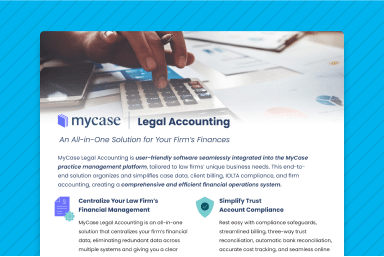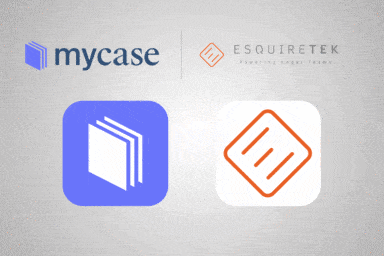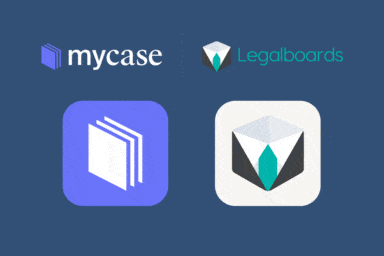Cloud Computing and Lawyers: 5 Things You Need to Know (Part 1 of 2)

(Photo credit: Wikipedia)
Every year the American Bar Association publishes a multi-volume report on technology trends in the legal industry (available for purchase here). As is usually the case, this year’s report offers surprising insight into our profession’s use of technology.
One interesting finding from the 2012 report is that cloud computing use is becoming more commonplace. For example, for firms with 500 or more attorneys, nearly 15 percent have utilized some form of cloud computing.
But how exactly are lawyers using cloud computing? According to the 2011 report, 23.2% of lawyers use online platforms to create and share documents, 22.8% use online services for messaging and communication, 17.2% for invoicing and bill payment, and 15.3% for scheduling and calendaring. Another interesting statistic: 23% of responding lawyers now offer clients access to information relating to their case via a secure online portal.
Also interesting are the statistics regarding why lawyers use cloud computing? According to last year’s report, the main reason lawyers use cloud computing platforms is convenience. 70% of attorneys that use these services cited the ability to access data from anywhere as the main incentive, while 55% stressed the importance of 24/7 access to data. Simplicity and affordability were also cited as important factors. Low cost was important to 49%, quick start up time was a factor for 44% and 43% appreciated the ability to eliminate IT staff and software management requirements.
Obviously, lawyers are beginning to realize the potential that cloud computing holds for law firms. But, as a lawyer who wants to learn more about cloud computing, you’re probably wondering what you really need to know about cloud computing before deciding whether using it makes sense for your law firm.
Well, look no further. What follows are 5 important facts and considerations (2 this week and 3 more next week when part 2 of this series is published) that you should be aware of in order to better assess the feasibility of cloud computing platforms for your law practice.
1. What exactly is cloud computing?
Simply put, cloud computing means that you’re accessing data stored on someone else’s servers, rather than those located onsite.
Of course, that’s a simplistic definition and there is much debate about the “correct” definition of cloud computing. That being said, the National Institute of Standards and Technology (NIST), widely recognized to be a leader in the cloud-computing field, recently defined cloud computing as follows: “Cloud computing is a model for enabling convenient, on-demand network access to a shared pool of configurable computing resources (e.g., networks, servers, storage, applications, and services) that can be rapidly provisioned and released with minimal management effort or service provider interaction.”
In other words, cloud computing allows you, via an Internet connection, to access software or data that is stored and operated on someone else’s computer systems. Then, the cloud computing provider uses shared computer resources, including software and servers, to deliver information and services to you, the end user.
2. You’re probably already using cloud computing and don’t even know it.
For years, lawyers have been using cloud computing in their law offices without realizing it. Case in point: if you use Westlaw or LexisNexis for legal research, then you’ve been conducting legal research in the cloud.
Likewise, if you’ve ever used an web-based email platform, such as Gmail, Hotmail or Yahoo mail, then you’ve used a cloud computing service. And, even if you don’t personally use a web-based email service, if you’ve exchanged emails with a client who uses one of these email platforms, then the emails that you’ve sent to your client–which likely contain confidential client information–are now stored in the cloud.
If you’ve used Wikipedia, you’ve accessed an encyclopedia based entirely in the cloud. When you interact with online music or videos, such as listening to music on Pandora, watching a television show on Hulu, viewing YouTube videos or streaming a movie from Netflix, you’re consuming media stored in the cloud.
So, like it or not, you’re already in the cloud. The next step is to ensure that you understand the risks and ethical issues presented by the use of cloud computing in your law practice.
Security, ethics and legal cloud computing platforms
Next week, we’ll discuss the remaining 3 things that lawyers need to know about cloud computing. First, we’ll discuss the always important security issues, then we’ll move on to the ethical issues presented when lawyers use cloud computing in their law practices, and finally, last but not least, we’ll focus on some of the different types of legal cloud computing products available to lawyers.
So tune in next week for Part 2 of this series…
–Niki Black


